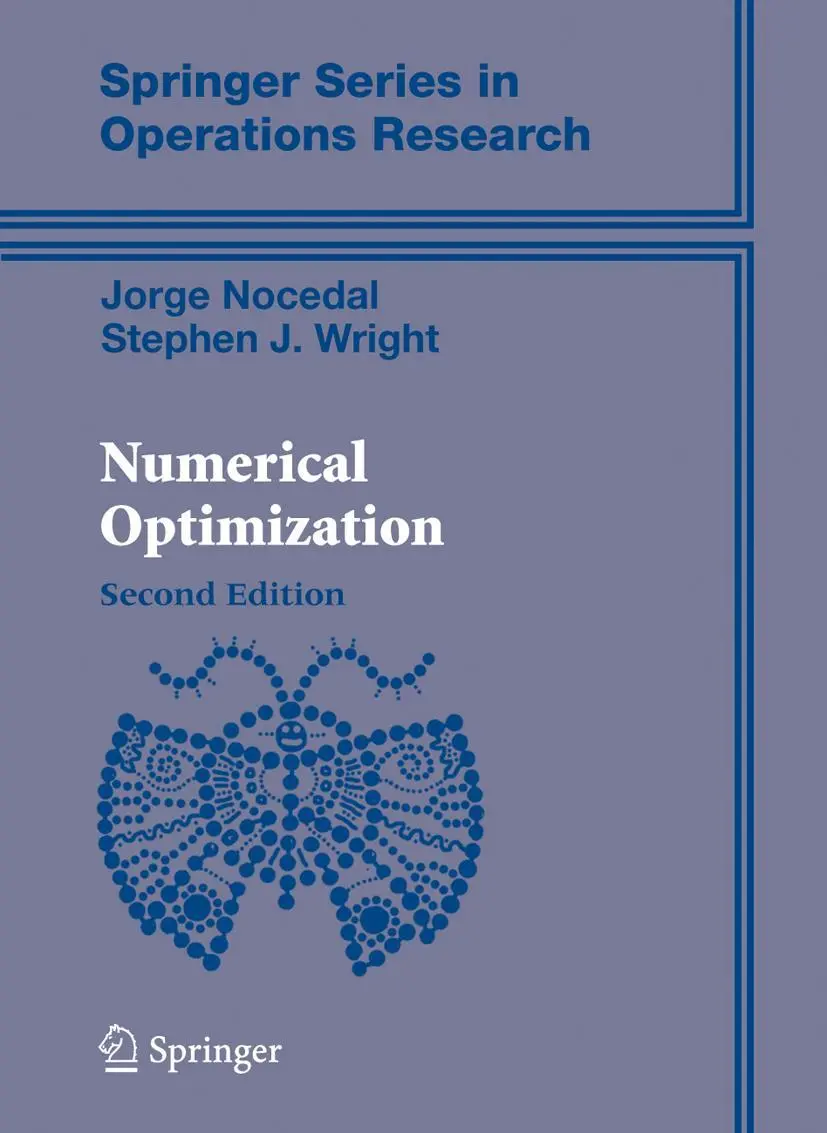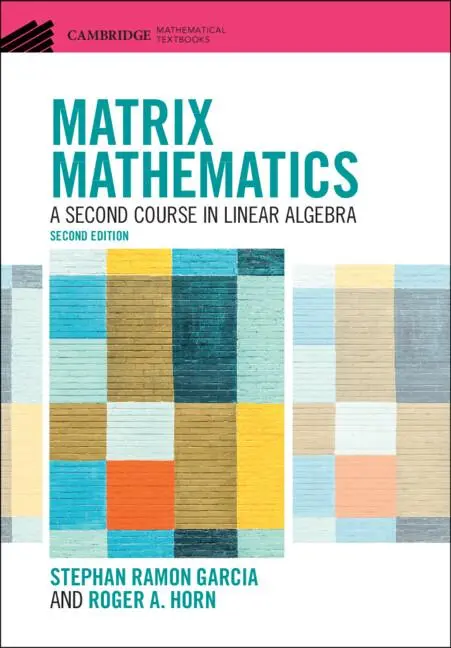Dekorationsartikel gehören nicht zum Leistungsumfang.
Sprache:
Englisch
34,95 €
UVP 37,44 €
Versandkostenfrei per Post / DHL
Lieferzeit 2-4 Werktage
Kategorien:
Beschreibung
Complex analysis is one of the most attractive of all the core topics in an undergraduate mathematics course. Its importance to applications means that it can be studied both from a very pure perspective and a very applied perspective. This book takes account of these varying needs and backgrounds and provides a self-study text for students in mathematics, science and engineering. Beginning with a summary of what the student needs to know at the outset, it covers all the topics likely to feature in a first course in the subject, including: complex numbers, differentiation, integration, Cauchy's theorem, and its consequences, Laurent series and the residue theorem, applications of contour integration, conformal mappings, and harmonic functions. A brief final chapter explains the Riemann hypothesis, the most celebrated of all the unsolved problems in mathematics, and ends with a short descriptive account of iteration, Julia sets and the Mandelbrot set. Clear and careful explanations are backed up with worked examples and more than 100 exercises, for which full solutions are provided.
Complex analysis is one of the most attractive of all the core topics in an undergraduate mathematics course. Its importance to applications means that it can be studied both from a very pure perspective and a very applied perspective. This book takes account of these varying needs and backgrounds and provides a self-study text for students in mathematics, science and engineering. Beginning with a summary of what the student needs to know at the outset, it covers all the topics likely to feature in a first course in the subject, including: complex numbers, differentiation, integration, Cauchy's theorem, and its consequences, Laurent series and the residue theorem, applications of contour integration, conformal mappings, and harmonic functions. A brief final chapter explains the Riemann hypothesis, the most celebrated of all the unsolved problems in mathematics, and ends with a short descriptive account of iteration, Julia sets and the Mandelbrot set. Clear and careful explanations are backed up with worked examples and more than 100 exercises, for which full solutions are provided.
Zusammenfassung
Complex analysis can be a difficult subject and many introductory texts
are just too ambitious for today's students. This book takes a lower
starting point than is traditional and concentrates on explaining the key
ideas through worked examples and informal explanations, rather than
through "dry" theory, making it suitable for both pure and applied
mathematicians.
are just too ambitious for today's students. This book takes a lower
starting point than is traditional and concentrates on explaining the key
ideas through worked examples and informal explanations, rather than
through "dry" theory, making it suitable for both pure and applied
mathematicians.
Inhaltsverzeichnis
1. What Do I Need to Know?.- 1.1 Set Theory.- 1.2 Numbers.- 1.3 Sequences and Series.- 1.4 Functions and Continuity.- 1.5 Differentiation.- 1.6 Integration.- 1.7 Infinite Integrals.- 1.8 Calculus of Two Variables.- 2. Complex Numbers.- 2.1 Are Complex Numbers Necessary?.- 2.2 Basic Properties of Complex Numbers.- 3. Prelude to Complex Analysis.- 3.1 Why is Complex Analysis Possible?.- 3.2 Some Useful Terminology.- 3.3 Functions and Continuity.- 3.4 The O and o Notations.- 4. Differentiation.- 4.1 Differentiability.- 4.2 Power Series.- 4.3 Logarithms.- 4.4 Cuts and Branch Points.- 4.5 Singularities.- 5. Complex Integration.- 5.1 The Heine-Borel Theorem.- 5.2 Parametric Representation.- 5.3 Integration.- 5.4 Estimation.- 5.5 Uniform Convergence.- 6. Cauchy's Theorem.- 6.1 Cauchy's Theorem: A First Approach.- 6.2 Cauchy's Theorem: A More General Version.- 6.3 Deformation.- 7. Some Consequences of Cauchy's Theorem.- 7.1 Cauchy's Integral Formula.- 7.2 The Fundamental Theorem of Algebra.- 7.3 Logarithms.- 7.4 Taylor Series.- 8. Laurent Series and the Residue Theorem.- 8.1 Laurent Series.- 8.2 Classification of Singularities.- 8.3 The Residue Theorem.- 9. Applications of Contour Integration.- 9.1 Real Integrals: Semicircular Contours.- 9.2 Integrals Involving Circular Functions.- 9.3 Real Integrals: Jordan's Lemma.- 9.4 Real Integrals: Some Special Contours.- 9.5 Infinite Series.- 10. Further Topics.- 10.1 Integration of f?/f; Rouché's Theorem.- 10.2 The Open Mapping Theorem.- 10.3 Winding Numbers.- 11. Conformai Mappings.- 11.1 Preservation of Angles.- 11.2 Harmonic Functions.- 11.3 Möbius Transformations.- 11.4 Other Transformations.- 12. Final Remarks.- 12.1 Riemann's Zeta function.- 12.2 Complex Iteration.- 13. Solutions to Exercises.- SubjectIndexBibliography.- Subject IndexIndex.
Details
| Erscheinungsjahr: | 2003 |
|---|---|
| Fachbereich: | Analysis |
| Genre: | Importe, Mathematik |
| Rubrik: | Naturwissenschaften & Technik |
| Medium: | Taschenbuch |
| Inhalt: |
xi
260 S. |
| ISBN-13: | 9781852337339 |
| ISBN-10: | 1852337338 |
| Sprache: | Englisch |
| Einband: | Kartoniert / Broschiert |
| Autor: | Howie, John M. |
| Hersteller: | Springer London |
| Verantwortliche Person für die EU: | Springer Verlag GmbH, Tiergartenstr. 17, D-69121 Heidelberg, juergen.hartmann@springer.com |
| Maße: | 254 x 178 x 15 mm |
| Von/Mit: | John M. Howie |
| Erscheinungsdatum: | 28.05.2003 |
| Gewicht: | 0,518 kg |











